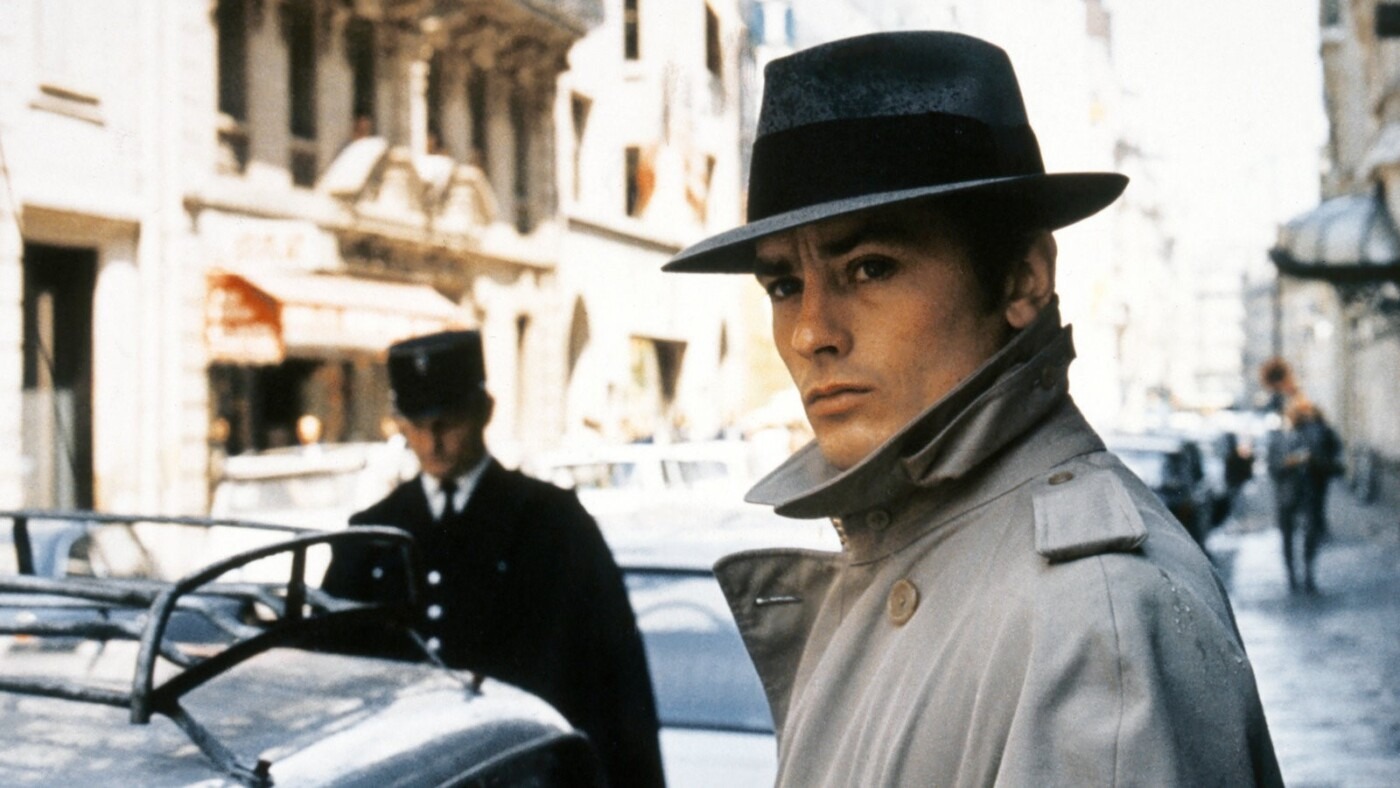‘Rocco e i suoi fratelli’: Italian cinema at its peak
In the middle of the Second World War, Italian cinema saw the period of the Telefoni Bianchi (white telephones), characterised by carefreeness and lightness, give way to the neorealist genre, which prefers lucid analyses of the painful scenes in life. In this vein, the great Italian filmmaker Luchino Visconti directed Rocco e i suoi fratelli (Rocco and His Brothers) in 1960, a real fresco, intimate, with deep themes and sublime aesthetic.
In Rocco e i suoi fratelli, Visconti tells the story of a mother and her five sons, who leave the south of the Italian boot to settle in the prosperous and industrial Milan. Family harmony is shattered when Rocco Parondi (Alain Delon) and his brother Simone (Renato Salvatori) fall for the same woman, a young prostitute named Nadia (Annie Girardot).
Inspired by Prince Myshkin from Dostoyevsky’s The Idiot, Rocco Parondi is a good but torn man, capable of any sacrifice to save his brother and preserve the family unit. According to him, to be part of a family is to make sure that it does not deviate. This dedication, which involves systematic forgiveness of the sibling bully, makes Rocco a tragic hero. His successes become real burdens to bear: he feels guilty about loving Nadia and being loved by Nadia and about outdoing his brother in the boxing ring.
Visconti blames it for the abandonment of traditions and the break-up of the family nucleus in favour of a growing isolation of individuals
The religious dimension of Visconti’s work then takes shape. Rocco is a Christ-like figure, an angel of goodness whose unwavering dedication serves as a priesthood. Leaving his homeland is the original sin from which Rocco must atone, his unreserved forgiveness of even the worst crimes committed by his brother – jealousy, debt, rape, murder – is the humanist teaching of Jesus. His task of bearing the mistakes of others through guilt is reminiscent of Christ bearing his cross and dying for sinners. In a way, Simone and Rocco are also reminiscent of Cain and Abel.
A more political message also underlies Rocco e i suoi fratelli: the question of modernity. Visconti blames it for the abandonment of traditions and the break-up of the family nucleus in favour of a growing isolation of individuals. The director depicts the large, industrial Milan as a cold world where high ideals are lost in the backyards and where the low-rise apartment buildings take the place of a horizon. This is also where the tragedy of Rocco lies, the only one truly aware of the decay that is taking place around him. He is the only one who continues to speak the southern dialect and to keep in mind the “country” he dreams of finding again. This South, whose melancholic memories take on the air of the Golden Age, is never filmed, which accentuates the feeling of distance and dispossession. Uprooted, lost between forgotten traditions and a modern world where they feel alienated, the Parondis emerge weakened from their migration to the north, as Rocco bitterly observes at the end of the film: “everything is over”.
Nino Rotta’s score, very similar to the one he would make for Francis Ford Coppola twelve years later, completes the film’s magnificence
Visconti nevertheless conveys a hopeful discourse for this modernity through the character of Ciro (Max Cartier), the fourth of the siblings. While Simone represents the inability to integrate and Rocco the refusal, Ciro is the only one to overcome the gap between north and south. His integration in Milan is mainly the result of effort, he takes courses to become a manual worker and ends up being hired at Alfa Romeo. His marriage to a young woman of Northern origin is both a sign of this integration and its accelerator. His evolution within society leads him to adopt a new value system that favours collective well-being, even at the cost of rejecting the law of family. Desiring to see the emergence of a socialist society and a long-time supporter of the Italian Communist Party, Visconti depicts proletarian consciousness through Ciro. To underline the hope that can arise from the seemingly desolate situation, the film concludes with an optimistic speech by Ciro to his younger brother Luca, as well as with a clear horizon, whereas Visconti had so far only shown us cluttered shots and broken perspectives.
In this social tragedy, which won the Jury Prize at the 1960 Mostra, the mythical scenes follow one another, magnified by sublime sets and immense architecture. The subtle use of light and shadow is also noteworthy, as evidenced by the scene of the break-up at the top of the Milan cathedral. Delon and Girardot sublimate Visconti’s direction, the former embodying the inner conflict with purity, candour and violence while the latter brings to life a woman determined but broken by oppressive male violence. Nino Rotta’s score, very similar to the one he would make for Francis Ford Coppola twelve years later, completes the film’s magnificence.

Comments